Music, Permutations
Permutations: 4 – 5 – 6 – 7
At the start of 2020, this website got a well-deserved makeover. As my old website only focused on music projects, it needed a separate section for travelling and one for educational posts. Most drum exercises and music lessons published on this website use permutations. This post is, therefore, pretty essential to get you started. At this point, only the 4, 5 and 6 systems are available as a free download. In the future, I would like to write a Permutations book with different variations up to 12-dotted permutations.
The primary key in using these rhythmical systems is to go over all different variations in between none of the coloured dots and all of them. Every exercise starts with a single dot moving over every single possibility. Afterwards, the system goes over the variations with two, three, and more until all cycles are complete. As a result, these rhythmical systems include every rhythmical possibility within the desired rhythmical amount
What are permutations?
Technically speaking, permutations and combinations are the same. Within the systems below, the black dots go over all combinations possible enclosed by the pre-set amount of white dots. For example: if there are three white dots, there are three combinations with a single black dot: 1, 2 and 3. If we add a second black dot, there are three combinations with double black dots: 1-2, 1-3 and 2-3. Adding a third black dot means that all white dots are filled. Therefore, the total amount of combinations in a 3-dotted system will be seven, excluding the blank combination.
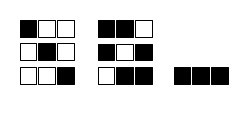
Now, mathematically speaking, the difference between permutations and combinations is that combinations can occur randomly. Consequently, permutation means that all combinations follow a particular order. All combinations below start on the first white dot. Afterwards, the first one will move one step once all first dot combinations occur, creating permutations.
4-dotted:
The 4-dotted permutations are probably the most essential of all. This rhythmical system is helpful in different sorts of variations within an even metric time signature. The most important uses are four quarter notes, four eighth notes or four sixteenth notes.
5-dotted:
The 5-dotted permutations are limited in their use but are probably the most fun to play. These exercises will most likely include a five-piece time signature. However, they will be helpful as polyrhythmical structures within an even time signature. When played in a five-piece time signature (5/8, for example), it is up to the player to divide them accordingly to the desired outcome. Popular uses exist but are not limited to a 3 – 2 or a 2 – 3 subdivision.
6-dotted:
The 6-dotted permutations have multiple uses. They use these dots as eight notes but with a different subdivision underneath. They are helpful within an uneven time signature for a 3/4 or a 6/8 time setting. The most prominent use is triplets when used in an even time setting, making them ideal for jazz-related exercises.
7-dotted:
As for the 5-dotted permutations, the 7-dotted permutations are limited in their use but extremely fun to play. Their best practices are within the 7/4 time signature as quarter notes or within 7/8 as eight notes. Popular subdivisions exist but are not limited to 3-2-2, a 2-3-2 or a 2-2-3.
Rhythmic Permutations – eBook:
Update: at the start of 2022, I finished my Rhythmic Permutations eBook. The first chapter of the eBook starts with the 3-beat variations. Afterwards, the variations for 4, 5, 6, 7, 8, 9, 10, 11 and 12-beats follow. As a result, Rhythmical Permutations has 8,174 different rhythms divided over 107 pages, making it the perfect eBook for rhythmical- studies, exercises, and reading. It’s the rhythmical archive that, I think, lays an excellent foundation for advanced rhythm knowledge. Check it out below:
My website has multiple ways to keep in the loop with music and travel-related updates. Make sure to follow my Instagram and Facebook pages to get the latest content on your socials. To get the updates in your mailbox, subscribe to the newsletter. I will post plenty of free drum lessons and other music and drum-related advice on this website in the future! Check out the other drum transcriptions and analysis if you haven’t already. We can’t build this platform without our readers, so we thank you for your continued support. Stay tuned for many more to come!


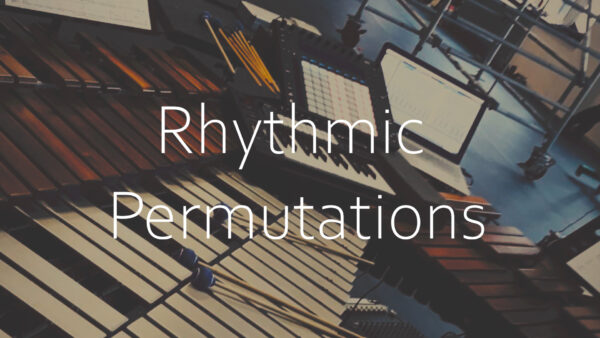
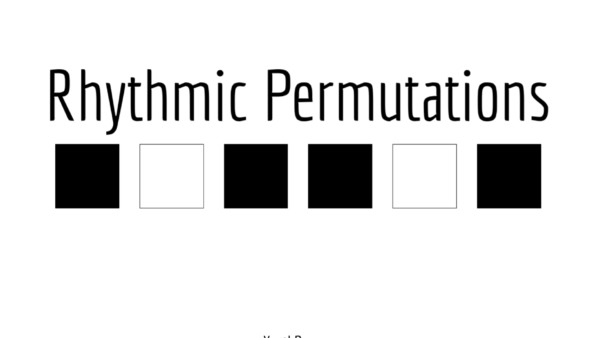
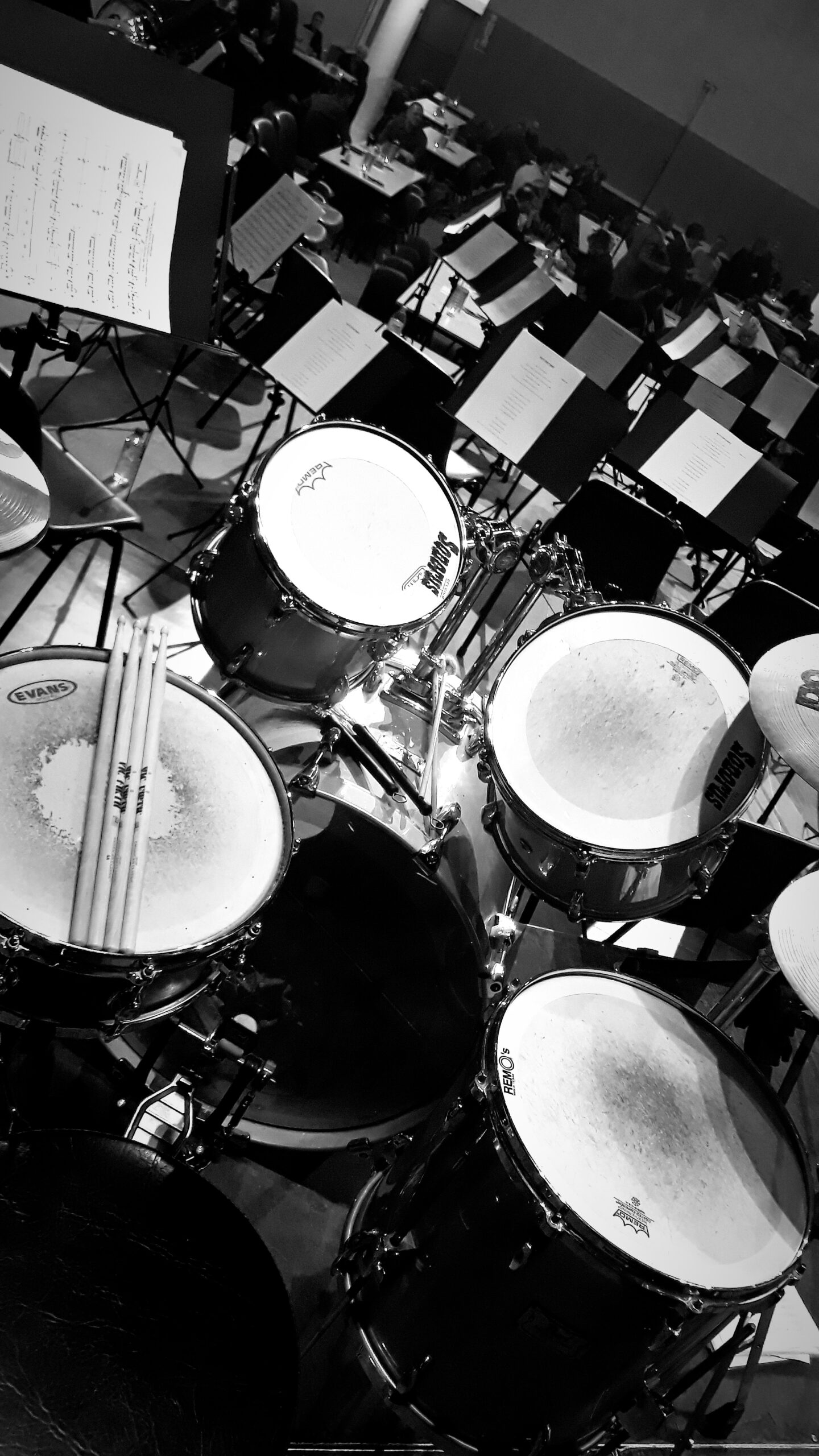
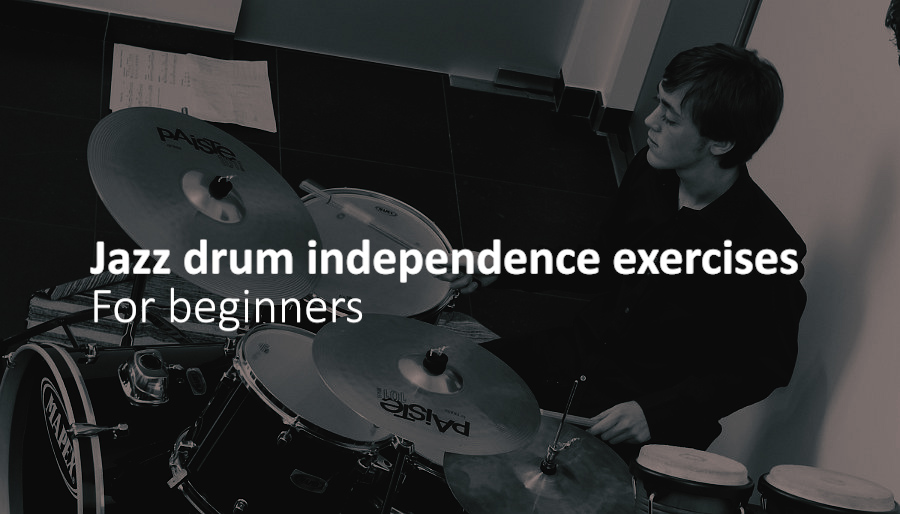




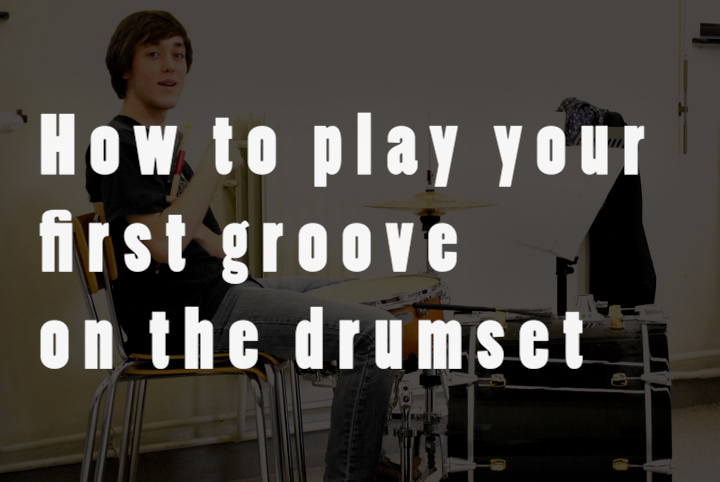
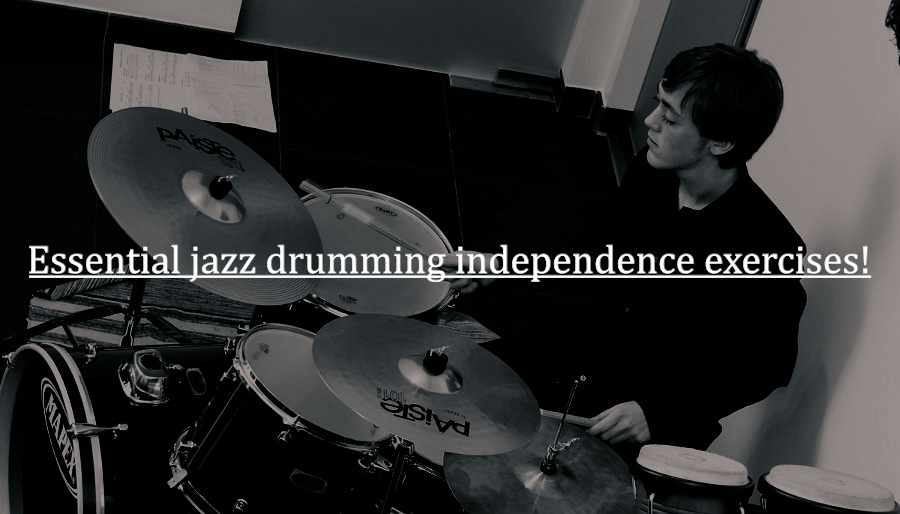
Well done explaining permutations really well
Thank you, Sonja! 🙂